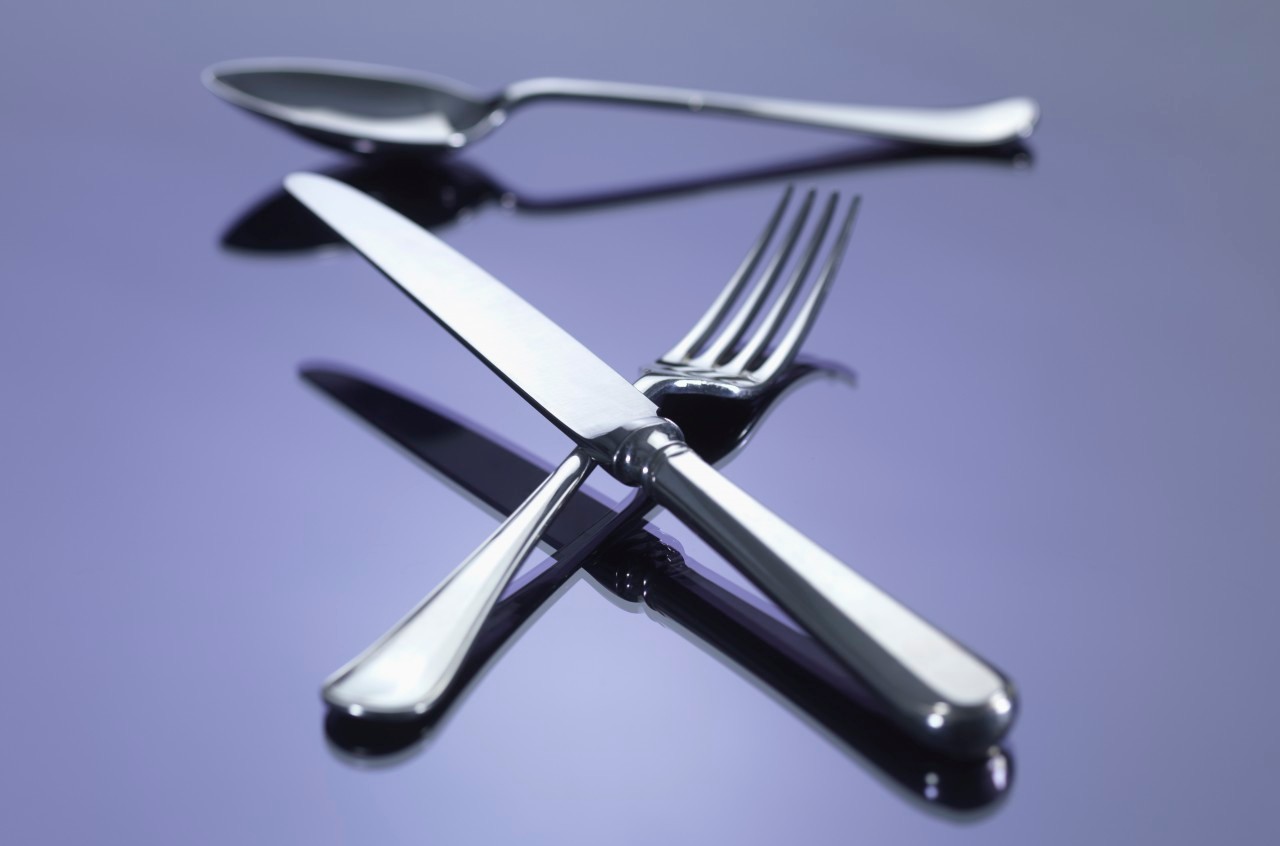The Shangri-La Diet

The Shangri-La diet promises peace with food, by working with our bodies to control our appetites naturally.
Shangri-La, the fantasy land pictured in the 1937 movie “Lost Horizon,” is a place of peace. The Shangri-La diet promises peace with food, by working with our bodies. Odd as it sounds, many people have found that a few spoonfuls of bland calories a day ended a lifelong fight with hunger while trying to lose weight.
Seth Roberts, author of “The Shangri-La Diet: The No Hunger Eat Anything Weight-Loss Plan,” had trained as a psychologist, not a nutritionist. He championed self-experimentation: trying out strategies to solve your own problems and keeping careful records as if you were in a scientific study. His diet has not been established in studies meeting scientific standards. But it does have avid fans. Almost 10 years after his book appeared, about a 1,000 people were posting repeatedly on the online forum; however, the volunteers maintaining the forum have been talking about shutting it down. (Roberts died, apparently of heart failure, while hiking.)
How the Shangri-La diet works
Your body maintains a certain “set point” weight, rather like a thermostat in a house, by turning hunger on and off. Any food with a flavor associated with calories raises your set point, increasing your appetite at later meals. This means that a caramel-flavored gumdrop will make you hungrier than a celery-flavored gumdrop. Foods with unfamiliar flavors or no flavor push your set point down. High-calorie foods are more powerful at pushing your appetite — both up and down.
Roberts argued that the ideal foods to cut calories are both high-calorie and low-flavor. The Shangri-La Diet builds those foods into your routine with daily doses of oil or sugar water, or both. Oil is high-calorie, and some kinds are flavorless, making you less hungry so you eat less. It may help you lose weight. Sugar water works because your body doesn’t count sweetness as a flavor.
Other than your daily appetite-suppressant, you can eat what you want on the Shangri-La Diet. Many overweight people find they’re eating much less and lose weight quickly. Unfamiliar foods work, too, but they quickly become familiar.
The only diet restriction
To prevent your daily dose from becoming associated with a flavor, you must consume your oil or sugar water at least an hour after tasting anything with flavor — including toothpaste — and wait another hour before eating again. You can choose any two-hour window you like. Bedtime and mid-morning, between breakfast and lunch, tend to be most convenient. If you choose bedtime, you’ll need to brush your teeth an hour earlier and not eat until you swallow your oil or sugar water. You can also take your dose when you wake up and wait an hour before breakfast and brushing your teeth.
How much oil and sugar water you eat depends on how much weight you need to lose. To lose fewer than 20 pounds, consume 165 flavorless calories (a tablespoon each of oil and sugar) every day. To lose more, double both the oil and the sugar.
The drawbacks
The diet is far easier than most, but not without drawbacks. Pure oil makes many people gag; it can also cause diarrhea for several days until your body adjusts. A popular solution is to mix the oil with the sugar water and divide your dose into smaller portions — usually, two a day. Any flavorless oil will do, but walnut oil is popular on the forum online. Walnut and canola oil are good sources of omega-3 essential fatty acids. Taste largely depends on smell, which you can block by holding your nose or wearing a swimmer’s nose clip. Some people wear the clip while drinking their oil (it’s best to leave the clip on for at least 5 minutes). Some Shangri-La dieters increase their flavorless calories by eating bland food like tofu or even ordinary food while wearing nose clips.
Diabetics shouldn’t take sugar water! Women prone to yeast infections also should be careful. If you are concerned about blood-sugar problems but want to sweeten the oil or avoid oil, substitute fructose and drink the sweetened water slowly, over at least a half hour.
After a few months, you may reach a point where you stop losing weight and your appetite returns. Dieters know the “plateau,” when you can’t lose anymore with the old strategy. In the Shangri-La diet, there’s a solution. To keep losing, increase your dose. To maintain your weight, keep up the dose. After a while, you may be able to cut back or skip days, but if you stop altogether the weight will creep back. As with any diet, long-term success requires a permanent change in your habits.
Is the Shangri-La Diet healthy?
What you eat is up to you, and it may be easier to make healthy choices when you’re not fighting hunger. It’s also easy to skip meals — which isn’t good for you. Roberts’ advice would be to see how it works for you, keeping good notes.
Updated:
April 09, 2020
Reviewed By:
Janet O’Dell, RN